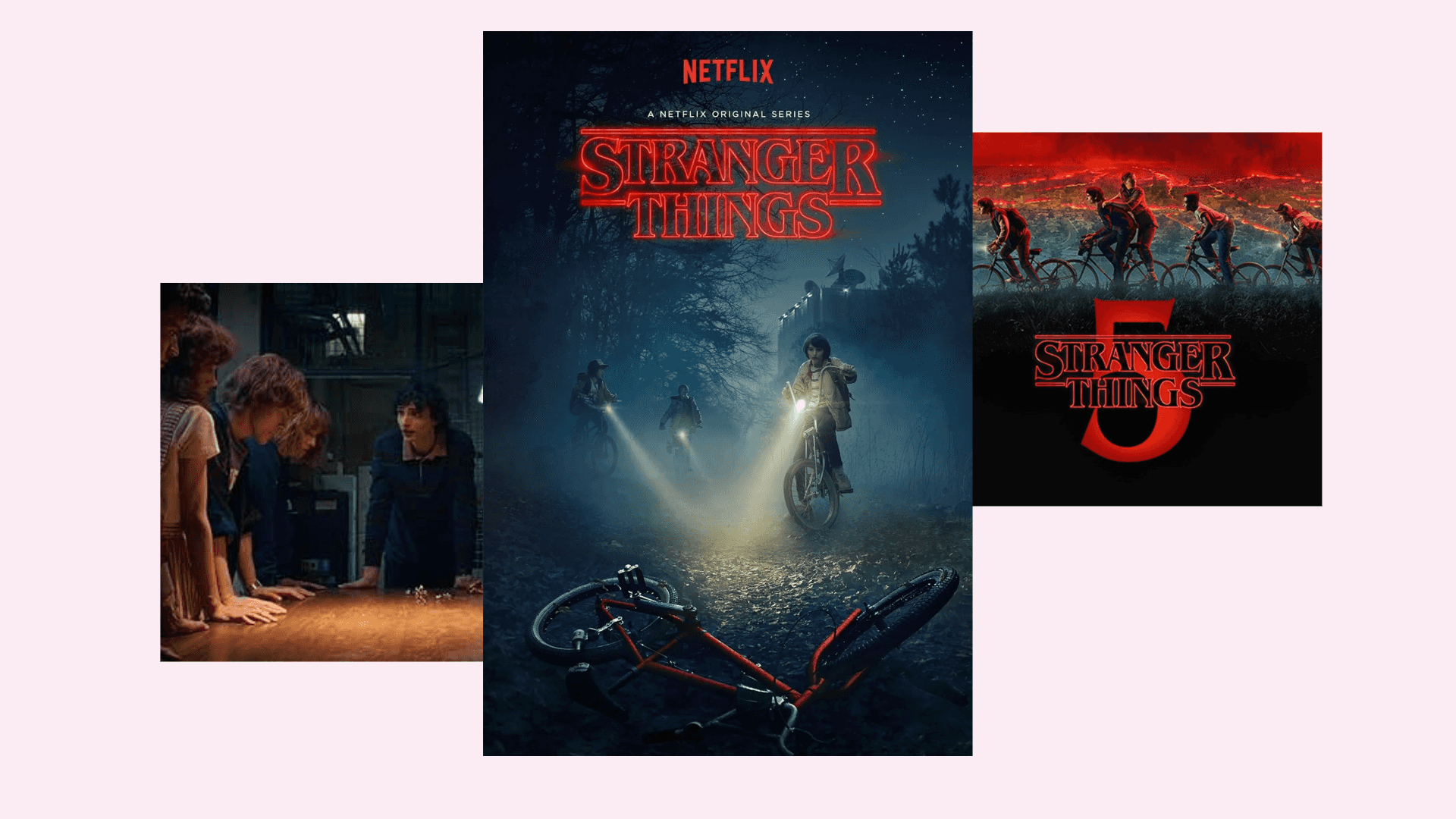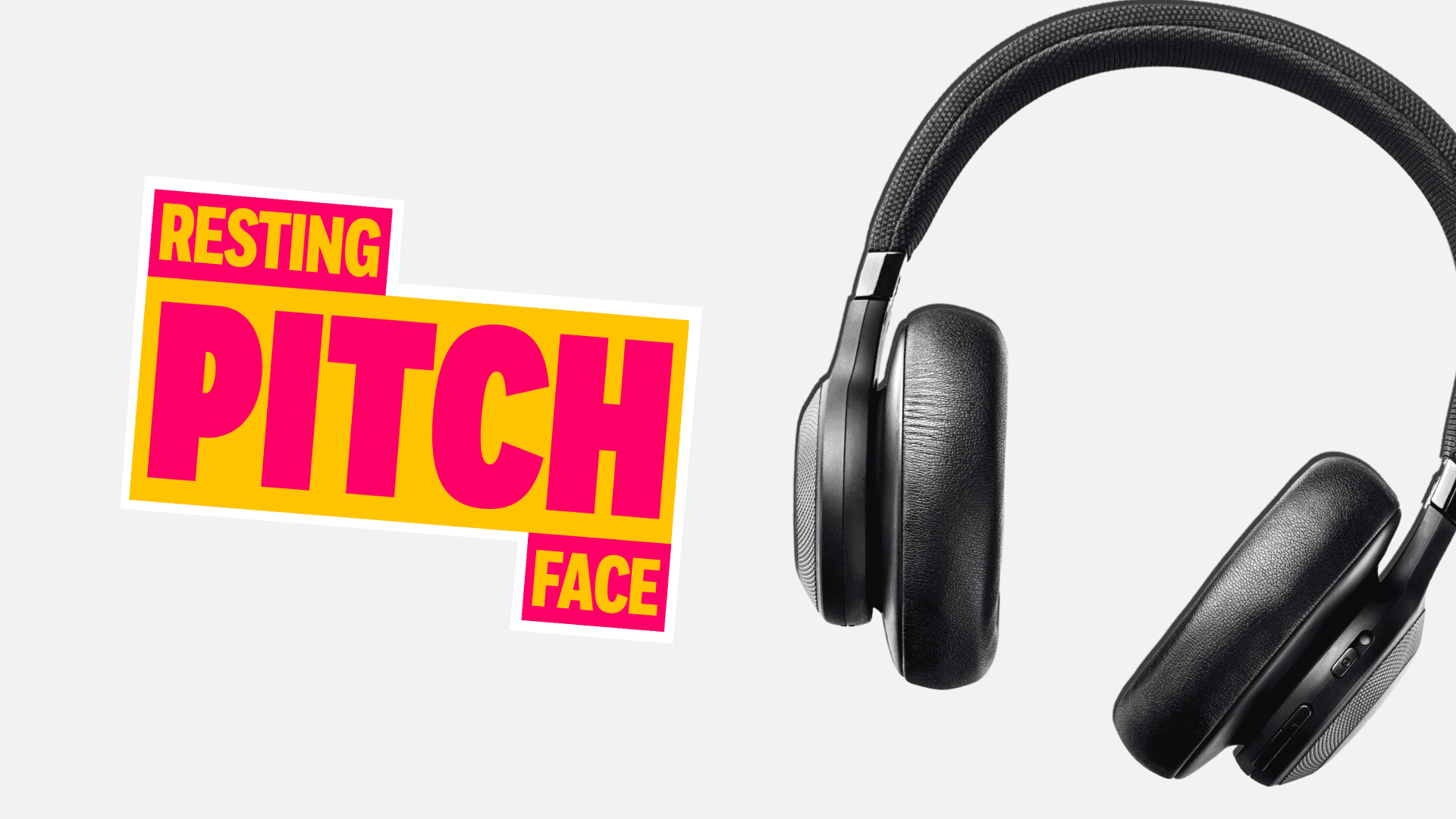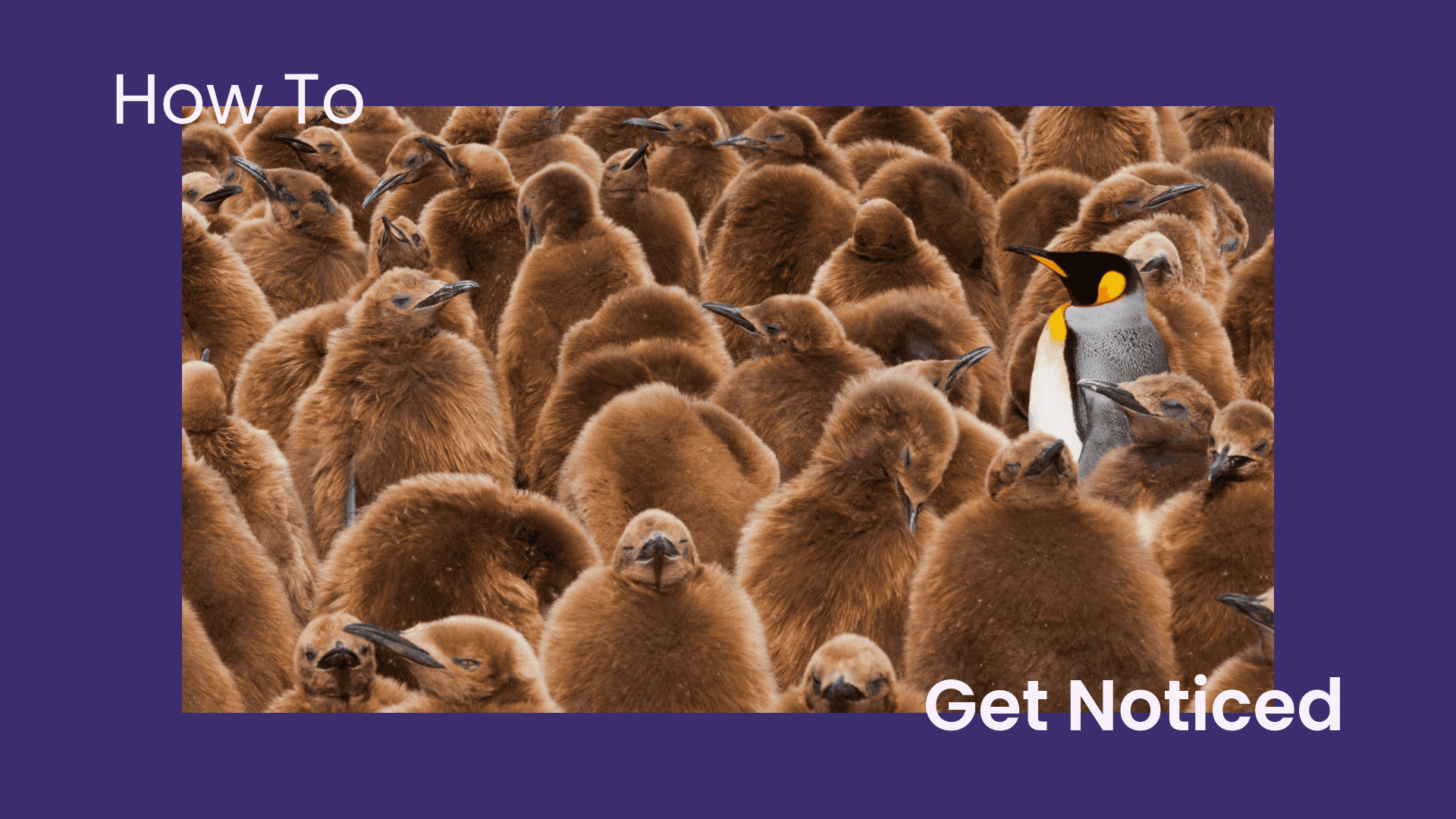
Facebook For Business – The Good, The Bad, And The Awesome
Written by Chris
Social advertising is becoming a staple in driving online business success. It’s a costs effective way to engage with relevant audiences, build brand communities and re-connect with valued customers using a variety of ad formats.
Facebook have made tremendous strides with their ad serving capabilities over recent years making the platform an essential marketing channel for many businesses around the world and helping them to achieve business objectives through bespoke targeting.
Potential reach has erupted with more Facebook users in 2016 than ever. In addition to this, Facebook’s acquisition of Instagram in 2012 has given advertisers even greater access to inventory and reach through the ad platform.
The Good
The source of Facebook’s power is it’s data. Advertisers can confidently match their key audiences through demographics, interests and behaviour based targeting to reach only the most relevant audiences with rich content that aims to engage and drive direct response.
How this differs from other ad networks and channels, is that where others rely on loose cookie information and poor demographic or location identification, Facebook identifies its users based on the information they explicitly declare through Facebook, making data accuracy one of it’s distinctive capabilities and what appeals to advertisers wanting to reduce wasted ad spend on irrelevant audiences.
The Bad
All systems have their limitations, and with Facebook there are several areas of improvement:
Reporting and analysis
Compared with other ad interfaces such as AdWords, the Facebook interface leaves a lot to be desired. The analytics and reporting is relatively basic and provides little insight so it’s important that your tracking is in place to enhance campaign detail through your 3rd party tracking and reporting system. Although report customisation is an option through the ‘adverts reporting’ section in your business manager, it’s clear that Facebook need to step things up a notch when it comes to reporting and analysis. See below some reporting views currently available through the interface:
Conversion reporting is another element that could be improved upon. Facebook’s standard conversion attribution window is set to 1 day after viewing and 28 days after clicking. So if your tracking software attributes conversions to the last click then there’s a good chance your numbers won’t match up.
The audience network
The audience network is Facebook’s display inventory network that gives advertisers access to 3rd party app and mobile placements using banner, interstitial and native ad formats, similar to that of the Google display network (GDN) and other display networks available through your demand-side platform (DSP). It offers seamless ad formats including native and mobile responsive to get your users’ attention outside of the Facebook feed. In addition, the audience network offers much cheaper CPMs and CPCs than feed and right hand Facebook placements. Not brainer right?
However, there a few reported flaws. Despite the growth of Facebook’s audience network there is lacking confidence in the network from marketing experts and rumours of bot clicks driving up your CPCs. There are no options to view placement hits or clicks when running audience network ads further increasing advertiser scepticism. This is not to say don’t use the audience network, it absolutely has it’s place, but Facebook need to work harder in building better insights and reduce invalid clicks.
Campaign objective silos
Facebook has a varied list of campaign types based on your stated objectives. However one of it’s primary limitations is the ability to overlay campaign settings. For example, if you choose to run conversion campaigns there is no option for frequency capping and you’ll soon notice big differences between your campaign reach and actual impressions. If you’re using a CPM model then this can quickly drive up costs targeting the same users again, and again.
Another limitation is ad scheduling and delivery. If you choose to run a lifetime budget for your campaign then this enables advertisers to set specific ad delivery schedules to match peak interaction times. Conversely, if the daily budget delivery option is selected then this denies access to ad scheduling preferences which is pretty frustrating.
The Awesome
Facebook are really turning up the heat with their latest version of ad manager, rivalling the likes of Google with email re-targeting, online to offline tracking and dynamic ad technologies to help advertisers deliver the highest quality content and campaign measurement.
Some of Facebook’s latest ad serving capabilities are undeniably resounding leaving some of it’s competitors for dust and creating an emphatic stamp on the digital advertising world. If your business isn’t already using or hasn’t considered using Facebook as part of their digital marketing strategy then think again. Facebook has some astonishing advertising capabilities suited to all businesses.
Dynamic product ads
Dynamic ads are not new. This data feed based technology has been around for some time now and any ad server worth their salt will have a solution similar, probably with an over-elaborate trademark name like ‘Xgen-dynamic’.
However, for a social network to harness the power of dynamic feed re-targeting ads, it’s a step forward for the social advertising world. Compared with the likes of Linkedin self-serve who have only recently launched and already discontinued it’s basic B2B re-targeting solution (lead accelerator).
Facebook dynamic ads allow advertisers to re-connect with users based on the products they’ve browsed on your website. Showing users personalised ads with the products they’ve recently viewed can help improve purchase rates and provide cross-sell opportunities.
Email re-targeting
Email re-targeting again is not a new technology. Google has a similar product call ‘customer match’ which enables business’ to plug in their first party data for custom audience campaigns, but again, Facebook were among the first of the social networks to build this capability into their platform.
This functionality is perfect for re-targeting qualified users’ who have either registered, subscribed and not purchased, or retain relationships with current customers and even drive cross / up-sell opportunities.
For example, let’s say you’re a car insurance company and you have a database of customers who have reached renewal. You have the power to re-connect with your customers on a personal level using a myriad of ad formats to persuade your customers to come back. You may even wish to offer them a promotional discount as a thank you for the repeat business.
Lead Ads
The roll out of Facebook lead ads has powered many businesses towards quality lead generation and acquisition success. Using all of Facebook’s targeting features, the lead form ads aim to generate genuinely interested customers for your business’ use. The 3 stage lead form submission process keeps users in Facebook (which is great from a trust and security standpoint) and allows advertisers to request specific details and define the service or product they’re interested in using a convenient drop down. The qualified leads can then be exported in .xml in bulk and added to your customer database. Below is a visual example of the seamless 3 stage process:
Summary
Facebook has really moved things up a notch throughout 2015-2016 by introducing some fantastic ad formats and targeting solutions to help businesses harness the power of their customer relations database and shift their prospecting efforts forward with granular targeting that advertisers can easily scale and automate to drive quality lead generation and website traffic. However, there are still areas of vast improvement which Facebook need focus on in matching other ad technology suites and which we look forward to in Q4.








